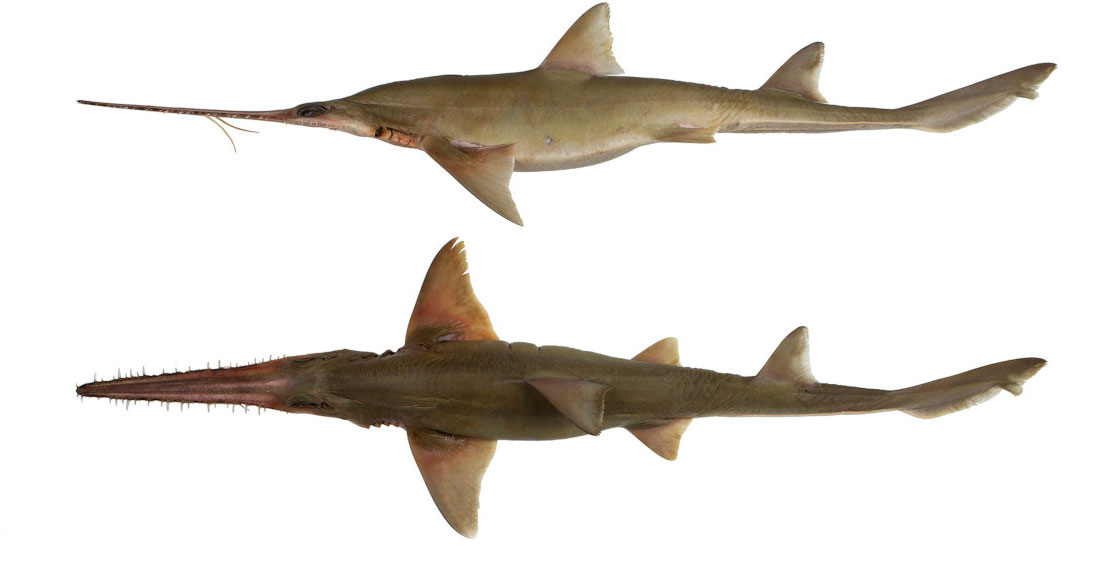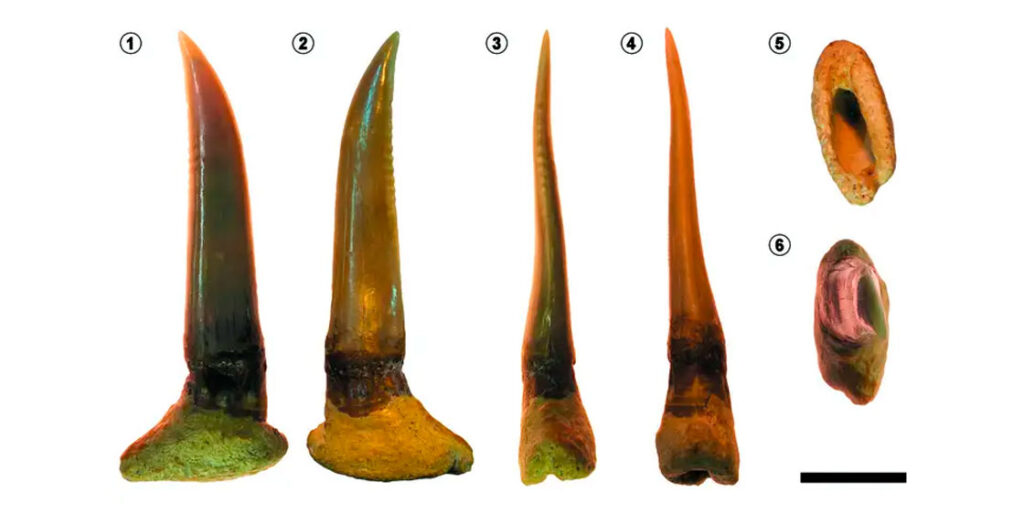
It was found in Bahía Inglesa and scientists believe that species would have become extinct due to low temperatures in the area.

A team of researchers studied for the first time the fossil remain of a sawshark genus Pliotrema which became extinct 2.6 million years ago and inhabited Chilean coastal waters when the tropical weather conditions of those times allowed it.
It’s the first fossil remain of a sawshark of the Pliotrema genus found in the southeastern Pacific Ocean. It was found in an unknown sector called Arenas de Caldera (Sand of Caldera) in the Atacama region, Chile.
The fossil deposits belong to the Bahía Inglesa Formation, which is most likely middle-Miocene to early-Pliocene. The study highlights the fact that there are no sawfish in oriental Pacific probably because of a cooling process starting in the Neogene. It is thought that the diminishing in temperatures caused their extinction in this area. Currently, you can find the three species of this genus only in Madagascar and South Africa (Pliotrema annae, P. kajae and P. warreni).
“It’s the first described and illustrated fossil tooth of a sawshark, these are not abundant compared with other sharks, since they are more fragile and small”, says PhD. Jaime Villafaña, researcher of the Center for Advanced Studies in Arid Zones (CEAZA) and the University of Vienna.
According to the researcher, this fossil is characterized by Pliotrema genus features, but it also has unique attributes which suggest that it was a species just living in Chilean waters.
“We realized that this sawshark tooth had a slightly different morphology from other fossils and current species. The rear edge of this shark tooth has less pronounced saws compared to any other registered species”, explained Villafaña.
“This suggests that it could be a shark species that only lived in the coast of Chile. Although, we need to search and study more material to be sure”, said the CEAZA and Vienna University scientist.

Fossil teeth recorded in the research. Photo: CEAZA
© 2025 CIAHN Derechos Reservados.